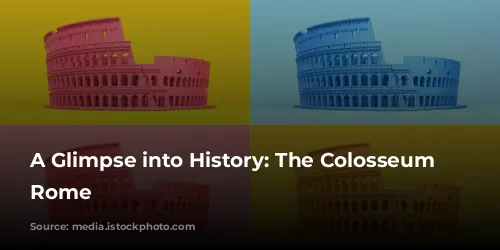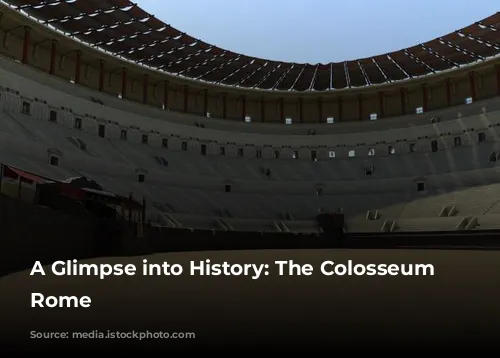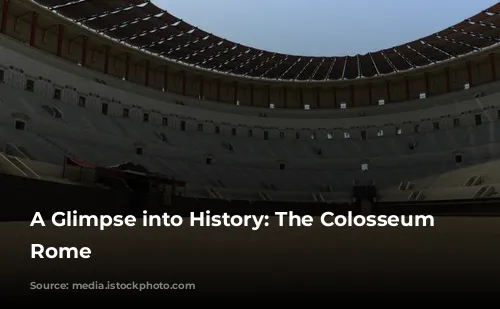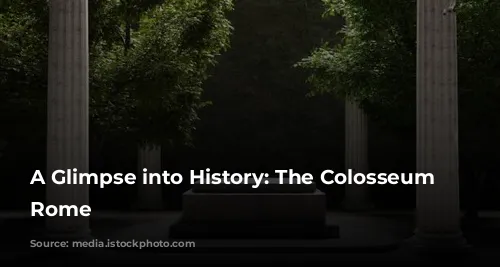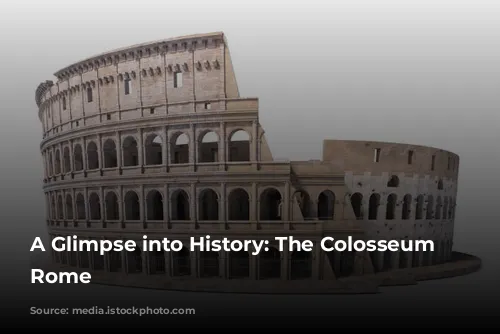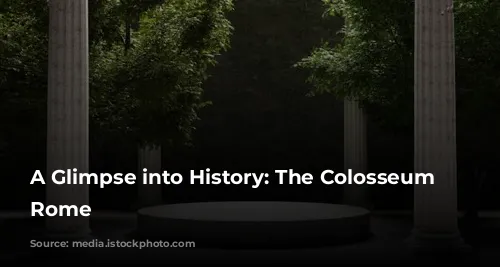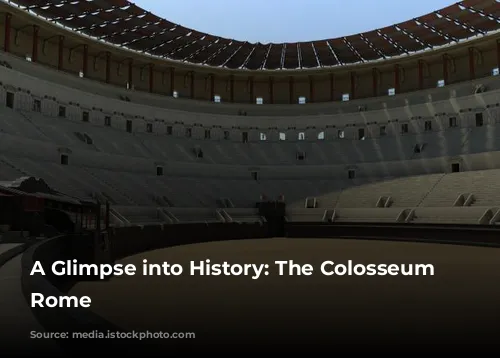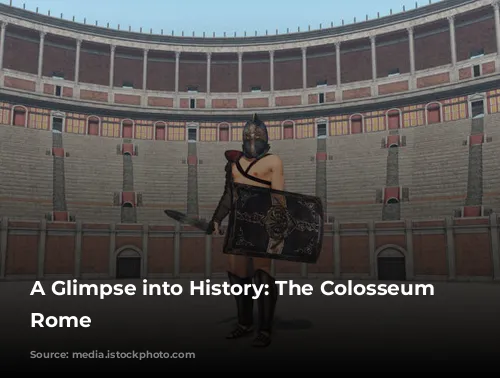The Colosseum, a majestic structure standing tall in the heart of Rome, is a testament to the grandeur of the Roman Empire. This iconic amphitheatre, also known as the Flavian Amphitheatre, is a must-see for any visitor to the Eternal City.
Construction and Origins: A Legacy of Emperors
The Colosseum’s construction commenced under the reign of Emperor Vespasian around 70–72 AD, and was completed in 80 AD by his successor, Emperor Titus. Further modifications were made by Emperor Domitian between 81 and 96 AD. This awe-inspiring monument, capable of seating 50,000 spectators, stands as the largest amphitheatre ever built by the Romans.
The Colosseum’s origins lie in a valley between the Caelian, Esquiline and Palatine Hills. This land had been previously occupied by Emperor Nero’s lavish palace, the Domus Aurea, destroyed in the Great Fire of Rome in 64 AD. Vespasian chose to construct the Colosseum on this site, symbolic of reclaiming the land for the Roman people.
A Stage for Spectacle: The Colosseum in Action
The Colosseum, initially called the Flavian Amphitheatre, was a hub of entertainment and spectacle. Gladiatorial contests, animal hunts, and even mock sea battles captivated the Roman populace. These events were free for all citizens, highlighting the generosity of the Roman emperors.
The Colosseum witnessed the clash of gladiators, the thrill of animal hunts, and the drama of mock sea battles. The Roman people, drawn to the spectacle, flocked to the amphitheatre, where the events unfolded for free.
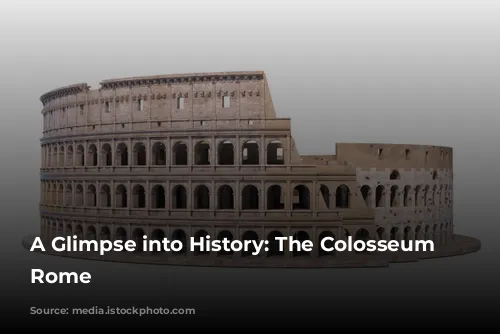
A Symbol of Transformation: The Colosseum Through the Ages
After the 5th century, the Colosseum fell into disuse as a performance venue. The once-grand amphitheatre transformed into a dwelling place, a workshop hub, and even a Christian shrine. The Colosseum served as a quarry for building materials, and eventually succumbed to the ravages of earthquakes, leaving it in its current state of ruins.
The Colosseum’s enduring relevance as a symbol of the Roman Empire persists, attracting millions of tourists every year. This iconic structure also serves as a reminder of the cyclical nature of power and change. The Colosseum, once the focal point of Roman entertainment, transitioned into a source of building materials and a refuge for residents, finally succumbing to the ravages of time and nature.
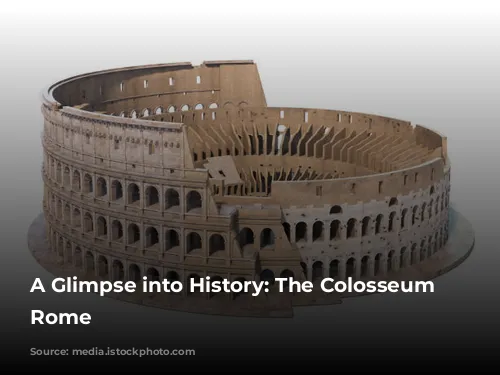
A Monument of Architectural Brilliance: The Colosseum’s Design
The Colosseum, a masterpiece of Roman engineering, is a free-standing structure, distinct from earlier Greek theatres built into hillsides. This colossal oval-shaped amphitheatre, 189 meters long and 156 meters wide, covers an impressive six acres of land.
The outer wall, towering 48 meters high, was constructed using 100,000 cubic meters of travertine stone, held together by 300 tonnes of iron clamps. This remarkable structure, despite its size, was built without any mortar, showcasing the ingenuity of Roman construction techniques.
The Colosseum, a testament to the Romans’ architectural prowess, remains a symbol of their creativity and engineering skills. Its grandeur, despite the ravages of time, continues to captivate and inspire. The Colosseum, a timeless icon, represents the enduring legacy of the Roman Empire and its remarkable contribution to the world.

